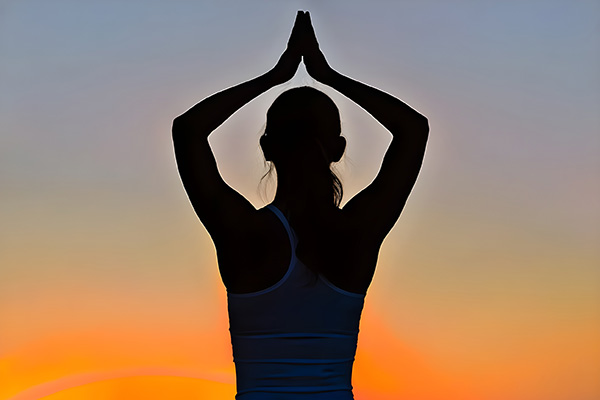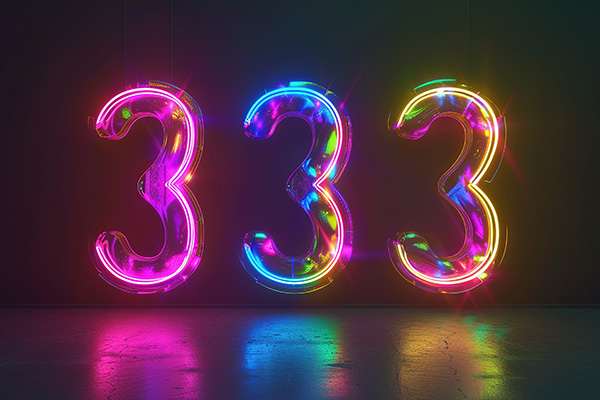spiritual resources
The Fairies Will Find My Pets’ Final Resting Place
Over the years, as I have expanded my spiritual understanding and esoteric knowledge, I have come to rely on a number of spiritual entities and metaphysical beings for guidance and support on a daily basis. This assistance from the higher realms is vital not only in my professional work as a psychic reader and healer, but also in my personal life.
I have learned that calling upon different spiritual beings for different things provides me with more holistic and powerful guidance, protection and support in different areas of my work and life. Different types of spiritual beings serve a unique purpose according to their inherent qualities and roles.
For example, I turn to my ancestors and guardian angel for personal safety and comfort, feeling their presence as a calming and protective force, especially during very difficult times. My ancestors also provide me with personal insight and a sense of continuity, helping me to navigate everyday challenges and connect with my cultural and family roots.
My spirit guides counsel and support me in my professional psychic and healing practice, as well as in my spiritual growth and life journey. They provide me with insight and wisdom to make informed life choices and decisions. At times, I call upon one of the archangels, such as Michael or Raphael, for more specific needs, such as protection from physical harm or for physical healing, to draw upon their specialized energies.
The ascended masters and the divine I call upon for deeper spiritual enlightenment, higher consciousness, and to cultivate specific spiritual virtues such as compassion, humility, gratitude, forgiveness, patience, generosity, integrity, and courage.
Enhance Your Spiritual Practice With Rune Yoga
 As a professional psychic advisor, my days are filled with interpreting runes, connecting with energies, and guiding others through their life challenges and spiritual journeys.
As a professional psychic advisor, my days are filled with interpreting runes, connecting with energies, and guiding others through their life challenges and spiritual journeys.
To restore my own energy, maintain my inner balance, and ensure my holistic well-being, I engage in various spiritual self-care practices that nourish my own mind, body, and soul.
One of my favorite pursuits used to be traditional Indian yoga, until I discovered its Norse-Germanic counterpart known as Rune Yoga, Rune Standing, Rune Stances or Runic Postures.
Rune yoga is an ancient practice that essentially blends the ancient wisdom of the runes with the holistic benefits of similar mind-body traditions such as yoga, tai chi, qigong, pilates, and aikido.
Traditional yoga has always been a sanctuary for me, a place to reconnect with my body and mind.
But as I became so deeply immersed in the world of runes for my work, I found my way to rune yoga as an alternative practice that felt like a natural extension of my interests and professional experience.
Runes are the letters in a set of related alphabets, known as the runic alphabet, that were used to write various Germanic languages before the adoption of the Latin alphabet.
They were used primarily in Northern Europe, Scandinavia, the British Isles, and Iceland from about the 2nd to the 17th centuries. The word “rune” itself comes from the Old Norse word rún, meaning “secret” or “mystery,” underscoring their mystical and symbolic significance in ancient times.
Accessing Your Own Akashic Record
 The ability to access the Akashic Records is traditionally considered a special gift that only a select few prophets or gurus are privy to. It is often mistakenly considered an esoteric practice that only the spiritually advanced or those of us with unique mystical abilities can perform.
The ability to access the Akashic Records is traditionally considered a special gift that only a select few prophets or gurus are privy to. It is often mistakenly considered an esoteric practice that only the spiritually advanced or those of us with unique mystical abilities can perform.
However, this outdated perception is rapidly changing. The modern spiritual landscape embraces the understanding that, with some dedication and practice, anyone can learn to access their own Akashic ‘file.’ This shift is rooted in the notion that these records are not exclusive, but universal.
The records are a karmic birthright, freely available to all who seek to access them with sincere intentions and an open mind, for the simple reason that having free access to one’s own karmic “data” is beneficial to your soul evolution.
The concept of the Akashic Records has fascinated mystics, spiritual seekers, and esoteric scholars for centuries. Rooted in various religious and spiritual traditions, it is described as a universal compendium of all events, thoughts, words, emotions, and intentions that have ever occurred in the past, present, or future.
This metaphysical “library” or “database” exists in the non-physical and underlies the universal field of consciousness and our entire existence. In Sanskrit, the term Akasha (आकाश) is derived from the root word kas, which means “to radiate,” “to shine,” or “to be visible.” The prefix “a” intensifies or negates the root meaning, giving “Akasha” various interpretations such as “ether,” “space,” or “sky.” In Hindu philosophy Akasha is considered one of the five elements that make up the physical world.
Spiritual Empowerment For The Single Parent
 Being a spiritually conscious single parent today is a challenge, but it also offers unique opportunities for spiritual growth and personal development.
Being a spiritually conscious single parent today is a challenge, but it also offers unique opportunities for spiritual growth and personal development.
Navigating this responsibility effectively requires more than practical parenting skills and strategies. It also requires intuitive awareness and spiritual guidance.
These two inner resources can help single parents make wise choices that align with their core values and provide inner strength and courage during difficult times.
As a parent, I deeply value intuitive awareness and spiritual guidance in my daily life. These inner resources are my compass, helping me navigate the complexities of parenting with grace and confidence.
Intuitive awareness allows me to sense my children’s needs and emotions on a deeper level, often guiding me to the right words or actions in moments of uncertainty.
Spiritual guidance, on the other hand, provides me with a sense of purpose and calm, grounding me in the knowledge and faith that I am part of a greater plan.
Together, they help me make decisions that are not only practical but also aligned with my core values and higher purpose. This dual approach ensures that I am nurturing my children’s growth while staying true to myself, fostering a harmonious and supportive family environment.
The Subtle Psychic Power Of Flower Essences
 Flower essences are one of my favorite spiritual resources. These vibrational imprints of flowers in water, preserved with alcohol, are a powerful tool for personal and spiritual development. They have been used for centuries to promote emotional well-being, balance and healing.
Flower essences are one of my favorite spiritual resources. These vibrational imprints of flowers in water, preserved with alcohol, are a powerful tool for personal and spiritual development. They have been used for centuries to promote emotional well-being, balance and healing.
I come from a long line of female herbalists on my mother’s side of the family. They were seers, healers and mystics who combined their psychic gifts with natural healing practices.
That’s why I’ve always been interested in the metaphysical properties of plants, especially herbs and flowers. I love to alchemize them into tinctures, potions and remedies!
The main reason I love flower essences and remedies in particular is that, unlike essential oils and herbal remedies, flower essences are easier and safer to work with on a subtle energy level over the long term, making them particularly effective for enhancing psychic development and spiritual growth.
Flower essences were popularized in the early 20th century by Dr. Edward Bach. He was a British homeopath and bacteriologist who believed that the dew collected from flowers contained the healing properties of the plant. His research led to the creation of the Bach Flower Remedies, a set of 38 essences, each targeting a specific emotional state.
Bach’s remedies were based on the idea that certain flowers have healing properties that can help balance emotional states and promote overall well-being. Dr. Bach believed that emotional and mental states significantly influence physical health, and by addressing negative emotions, one can facilitate healing and prevent illness.


